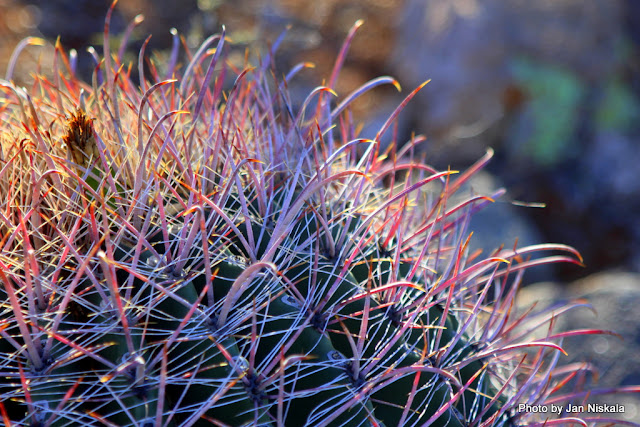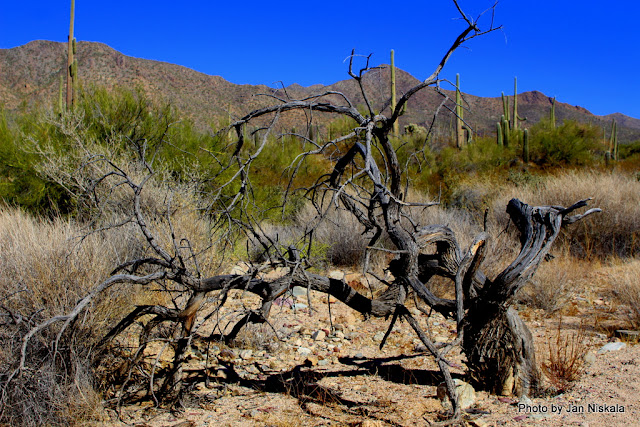Kitt Observatory and Saguaro
National Park

The Kitt Peak National Observatory (KPNO) is a United States astronomical observatory located on Kitt
Peak of the Quinlan Mountains in the Arizona-Sonoran Desert on the Tohono
O'odham Nation. It boasts 23 optical and
two radio telescopes. It is the largest, most diverse gathering of astronomical
instruments in the northern hemisphere. The observatory is administered by the
National Optical Astronomy Observatory (NOAO).
The largest optical instruments at KPNO are the Mayall 4 meter telescope and
the WIYN 3.5 meter telescope (shown below) there are also several two- and one-meter class
telescopes.



There really is a lot of life and beauty in the desert. Here are some other examples.
And there are Petroglyphs too!
You cannot beat the amazing view of 'art' in nature. Forgive me, but sometimes I just need to play with the 'art' I find!!
More coming soon 😊

The McMath-Pierce Solar Telescope (below) is currently the largest solar
telescope in the world and the largest unobstructed reflector (it doesn't have
a secondary mirror in the path of incoming light). The ARO 12m Radio Telescope
is also at the location.
We visited in the evening and enjoyed beautiful views from the peak, and a glorious sunset, along with the
opportunity to actually view a galaxy, a nebula, globular clusters and various
stars through one of their telescopes!
We also enjoyed some ‘star gazing’ with a guide who pointed out various
points of our southern sky. Unfortunately there was no way for me to get photos of our star gazing but here are some before the star gazing began!


Saguaro National Park
A small vital part of the Sonora Desert is preserved as Saguaro National
Park. Here the monarchs of the cactus world reach out to welcome visitors to
this desert land.
The Saguaro Cactus (pronounced “Sa-war-o”) grows so densely in this area
they are called cactus forests.
Seedlings have the best chance of survival when sheltered by ‘nurse’
trees like Mesquite, Ironwood or Palo Verde.
Saguaros grow very slowly at first, an inch or so during their first six
to eight years. It may be 60 to 70 years
before they sprout branches which are known as ‘arms”. They reach full height, 40 to 50 feet, at
about age 150 years! There are exceptions
where a few grow to 75 feet!
Saguaros collect water through shallow roots that extend about as far out
as the main trunk is tall. Long woody
ribs support the multi-ton bulk of the cactus from within. As the cactus soaks up water the accordion-like
pleats in the trunk and arms expand to allow storage in the spongy flesh. Waxy skin reduces moisture loss. Spines shade the plant, shield it from drying
winds and discourage damage from animals.
Cream colored flowers appear in early summer providing nectar for birds,
bats, honeybees and moths to eat and pollinate as they go. A deep red fruit ripens the end of July again
providing food for humans, birds, javelin, and fox to name a few. Birds also nest either in small holes or
upper branches of the Saguaro.
There really is a lot of life and beauty in the desert. Here are some other examples.
And there are Petroglyphs too!
You cannot beat the amazing view of 'art' in nature. Forgive me, but sometimes I just need to play with the 'art' I find!!
More coming soon 😊
Jan 🌷🌷🐾🐾

















































No comments:
Post a Comment